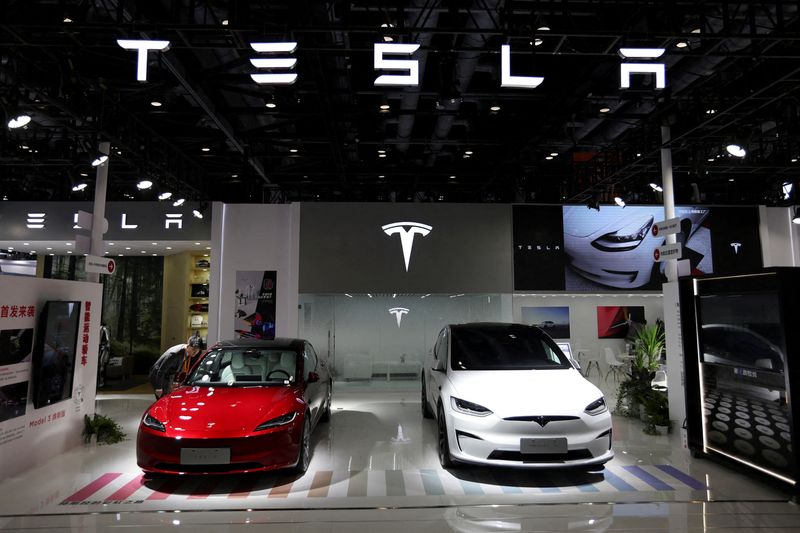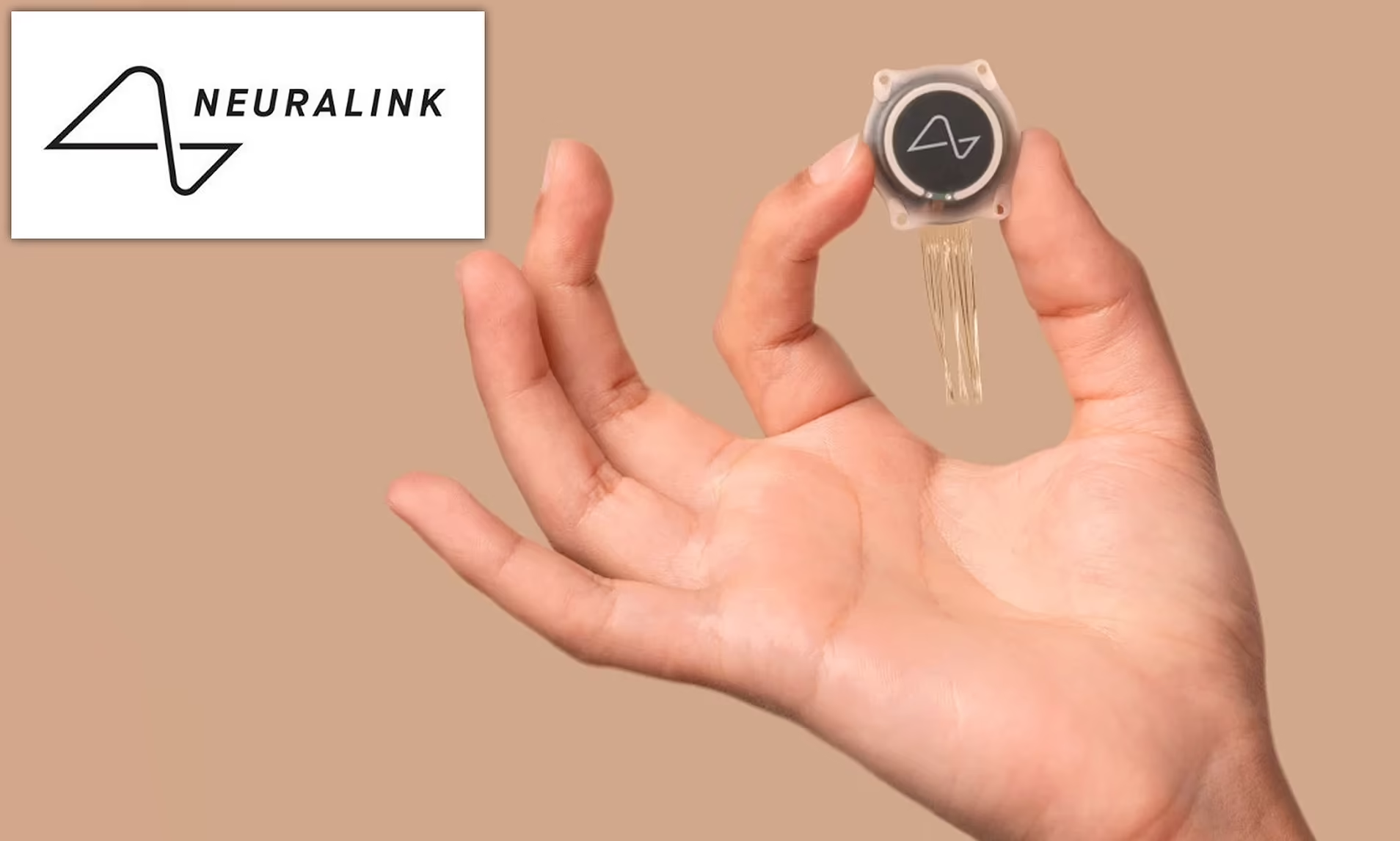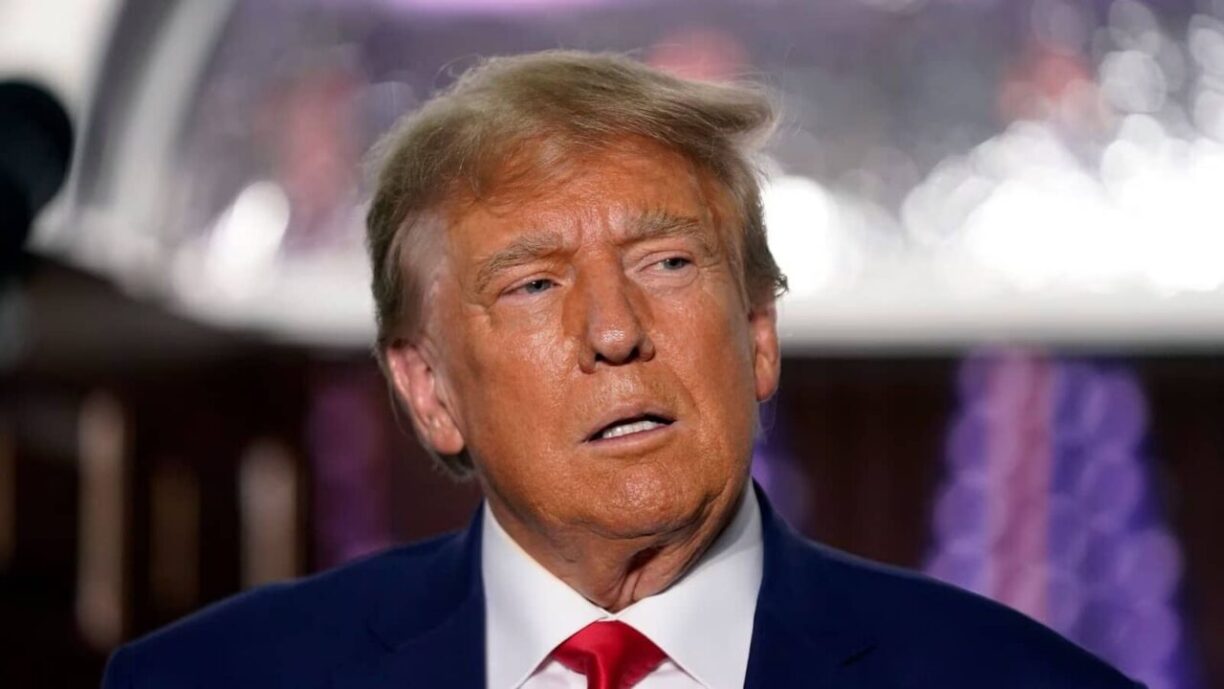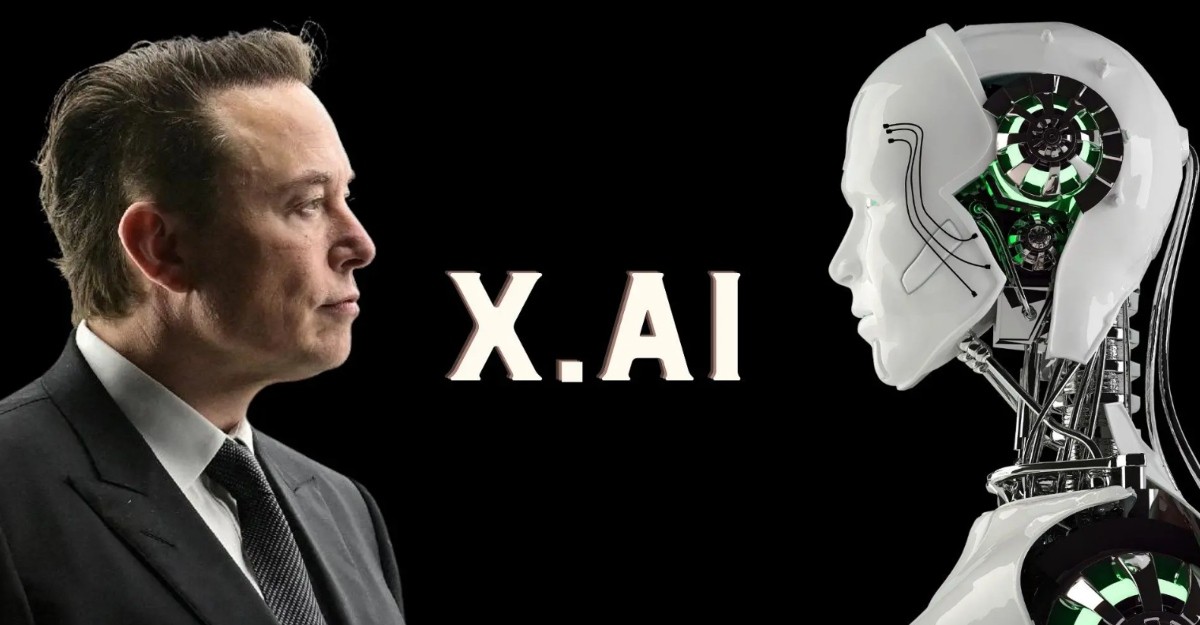Tesla will report Q2 earnings Tuesday, with investors eager for updates on its robotaxi, humanoid robots, and CEO Elon Musk’s priorities
Tesla will announce its second-quarter earnings after the bell on Tuesday. The company’s vehicle deliveries report on July 2 was better than analysts had anticipated, but it still represented a decrease from the previous year.
The earnings call scheduled for Tuesday will provide investors with a more comprehensive understanding of the strategies that CEO Elon Musk and the company are employing to reestablish growth following the most significant revenue decline since 2012 during the first quarter.

Following Tesla’s implementation of extensive redundancies and the provision of price reductions and other incentives to stimulate the sale of electric vehicles, certain institutional investors will direct their attention to the company’s operating expenses and automotive gross margins.
Analysts were anticipating that Tesla would report 62 cents per share in adjusted earnings on revenue of $24.77 billion for the period ending June 30, according to LSEG, as of Monday.
Retail investors who submitted inquiries via the Say Technologies platform in advance are anticipating responses regarding the company’s progress on self-driving technology and its delayed plan to disclose its CyberCab, a “dedicated robotaxi.”
Tesla’s near-term priorities, the outlook for its swiftly expanding battery energy storage business, and the status of a new factory it has committed to constructing in Monterrey, Mexico, among other matters, are also being sought.
Tesla shareholders also submitted political questions before the call, given Musk’s recent endorsement of former President Donald Trump and his status as a Republican megadonor during this presidential election cycle.
One asked, “Do you believe a Trump/Vance administration will support Tesla and EVs?” What is the extent of your confidence, as evidenced by your conversations? Another individual inquired, “How is it possible for Elon Musk to endorse or provide financial support to a political party that denies the existence of climate change while Tesla’s mission statement is directly derived from the fight against climate change?”
Donald Trump, the Republican presidential candidate, stated that he would eliminate subsidies and other federal programs that benefit buyers and producers of completely electric vehicles but not those that benefit traditional automakers.
Musk’s political and polarizing statements have “sparked concerns about Tesla’s brand, especially in liberal states such as California, which accounts for 10% of the company’s global deliveries,” according to a report by Reuters last week.
The California New Car Dealers Association’s data indicates that Tesla’s registrations in the state decreased to 52,211 vehicles during the second quarter.
Tesla’s progress in developing humanoid automata, which the company intends to implement in its factories, was also the subject of investor inquiries submitted through Say Technologies.
During the company’s annual shareholder meeting in June, Musk asserted that Tesla’s Optimus robots would catalyze the company’s market capitalization to reach an unprecedented $25 trillion. Musk also described himself as “pathologically optimistic” during that meeting.
Humanoid automata

Costfoto | Nurphoto | Getty Images
Musk stated in a social media post on X on Monday that Tesla’s Optimus humanoid robots will be “genuinely useful” and in “low production” for internal use at Tesla next year. He also stated they could be accessible for “other companies” in 2026 and hoped they would be produced in a higher volume.
Musk had informed Tesla shareholders during a first-quarter earnings call in April that Optimus would be in “limited production in the natural factory itself, performing useful tasks before the end of this year,” and Tesla “may be able to sell it externally by the end of next year.”
Tesla is a latecomer in the development of humanoid robotics among technology companies. Its competitors for the Optimus include Boston Dynamics, Agility Robotics, Unitree, and others.
Robotics companies, including Sanctuary, Apptronik, 1X, and Fourier, also develop dexterous manipulation hardware replicating human hands.
Musk has a long history of assuring investors that Tesla’s futuristic products or services will be available shortly, even if they are only a design concept.
For instance, the billionaire CEO advocated for a next-generation Roadster concept during an event in November 2017 and a series of tweets in June 2018. He stated then, “The SpaceX option package for the new Tesla Roadster will consist of approximately ten small rocket thrusters arranged seamlessly around the vehicle.”
He wrote that the engines would enhance the speed and “even enable a Tesla to fly.” Even though the EV manufacturer has accepted $250,000 deposits from consumers who desired a refreshed Roadster, it is still not in production six years later.
Another instance is when Musk informed Tesla shareholders in 2015 that the vehicles would achieve “full autonomy” within three years. Musk declared in 2016 that Tesla vehicles would be capable of conducting cross-country journeys without human assistance by the conclusion of 2017.
In 2019, Musk stated during a call with institutional investors that would assist him in raising over $2 billion that Tesla would have 1 million robotic-ready vehicles on the road by 2020. These vehicles would be capable of completing 100 hours of driving work per week, generating revenue for their proprietors.
As of yet, none of the investor commitments have been realized.
Tesla has recently implemented significant modifications to its driver assistance software, marketed in the United States as Autopilot and FSD-S (Full Self Driving Supervised). These modifications have generated enthusiasm and favorable reviews among the automaker’s numerous admirers and owners.
It is anticipated that Musk and other executives will address the obstacles the company is encountering to fulfill its long-standing self-driving commitments during Tuesday’s call.



